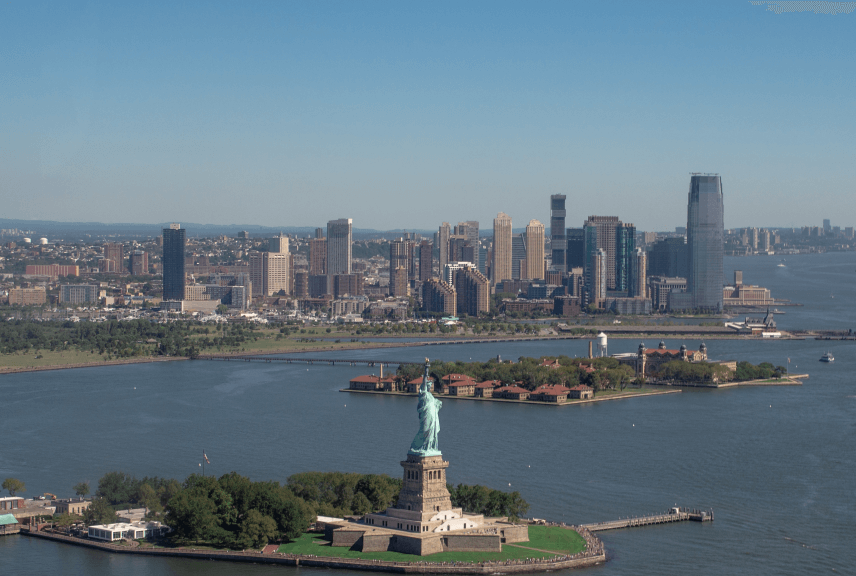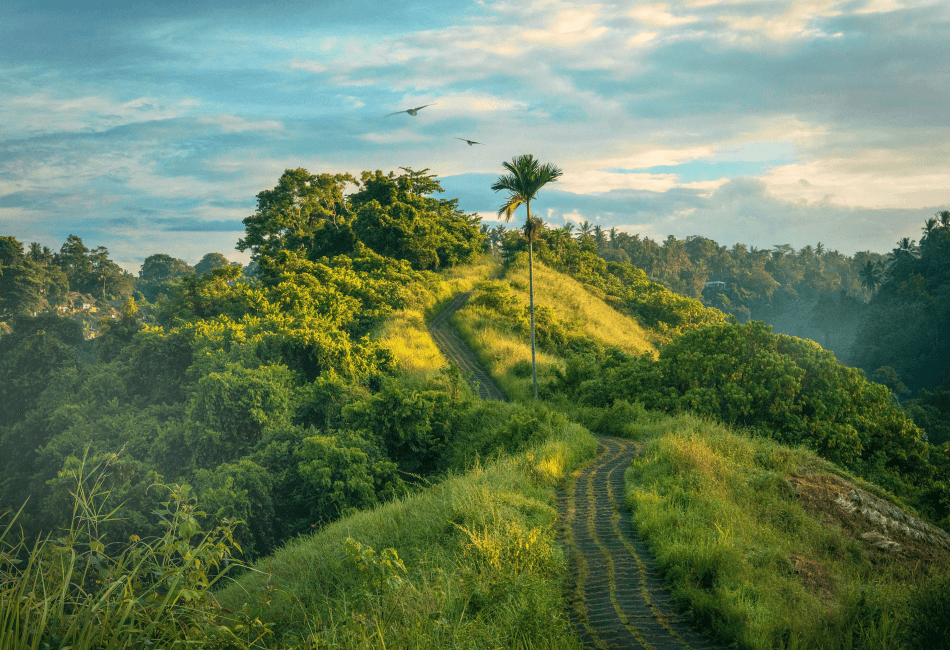Creating a space where birds feel safe, welcome, and cared for isn’t difficult—and it can be deeply fulfilling. Whether you have a sprawling garden or a small balcony, your space has the potential to become a haven for feathered visitors.
A bird sanctuary isn’t just for the birds—it’s also a sanctuary for you. It brings color, song, and life into your everyday environment and allows you to stay connected with the natural world.
1. Choose Native Plants
The best way to attract birds is to grow the food and shelter they naturally seek. Native plants produce seeds, fruits, and nectar that local birds recognize and rely on. They also attract the insects birds love to eat. Research what grows natively in your region and choose a mix of shrubs, flowering plants, grasses, and trees.
2. Provide Water
Birds need fresh water for drinking and bathing. A shallow birdbath or even a simple bowl of water on a ledge can attract many species. Change the water every day, especially during hot seasons, and clean it regularly to prevent mosquito larvae and bacteria buildup.
If you can, install a water feature like a fountain or dripper—birds are especially drawn to the sound of moving water.
3. Offer Shelter and Nesting Sites
Birds need safe places to rest, hide from predators, and raise their young. Dense shrubs, evergreen trees, and even brush piles can provide natural cover. Nesting boxes or birdhouses can also encourage birds to stay. Make sure to choose sizes and designs suited to your local species.
4. Feed Smartly
While natural food sources are ideal, feeders can supplement birds’ diets—especially in urban areas or during winter. Different birds prefer different feeds:
- Black oil sunflower seeds attract finches, chickadees, cardinals.
- Nyjer seeds are great for goldfinches.
- Suet attracts woodpeckers and nuthatches.
- Fruit like orange slices or raisins can draw orioles and robins.
Install multiple feeders at different heights and distances, away from predators. Always keep them clean.
5. Avoid Pesticides and Herbicides
Chemicals not only kill the bugs birds eat—they can also harm birds directly. Opt for organic gardening methods. A healthy garden is one that buzzes with insect life.
6. Keep Cats Indoors
One of the biggest threats to backyard birds is domestic cats. Even well-fed cats hunt. If you want to help birds survive, keep cats indoors or build a catio (an enclosed cat patio).
7. Plant for Every Season
A year-round sanctuary requires planning for all seasons. Choose a variety of plants that flower or fruit at different times. Evergreen trees provide shelter even in the coldest months.
8. Observe and Learn
Keep a bird journal. Note what species visit, when they come, and what they enjoy. This simple practice helps you get to know the natural rhythms of your space. Over time, you may recognize returning migrators or resident families.
9. Reduce Window Strikes
Birds often collide with windows, especially during migration. Place decals or screens on windows, especially those facing open sky or reflecting trees.
10. Educate Others
Invite your children, neighbors, and friends to enjoy the sanctuary with you. Share what you learn. Inspire others to create their own spaces for birds. A community that cares for nature grows stronger and more mindful together.
At Aviary Guard, we design products that make sanctuaries simple and sustainable. From weatherproof feeders to well-ventilated birdhouses, we help you create a space where birds thrive—and where you rediscover joy.
Your backyard doesn’t need to be perfect. It just needs to be welcoming. Even a few thoughtful changes can transform your space into a life-giving refuge.
Because when we create space for birds, we create space for life, for beauty, and for peace.
And the best part? You don’t just get visitors. You gain neighbors with wings.


















 Total Visit : 2890
Total Visit : 2890